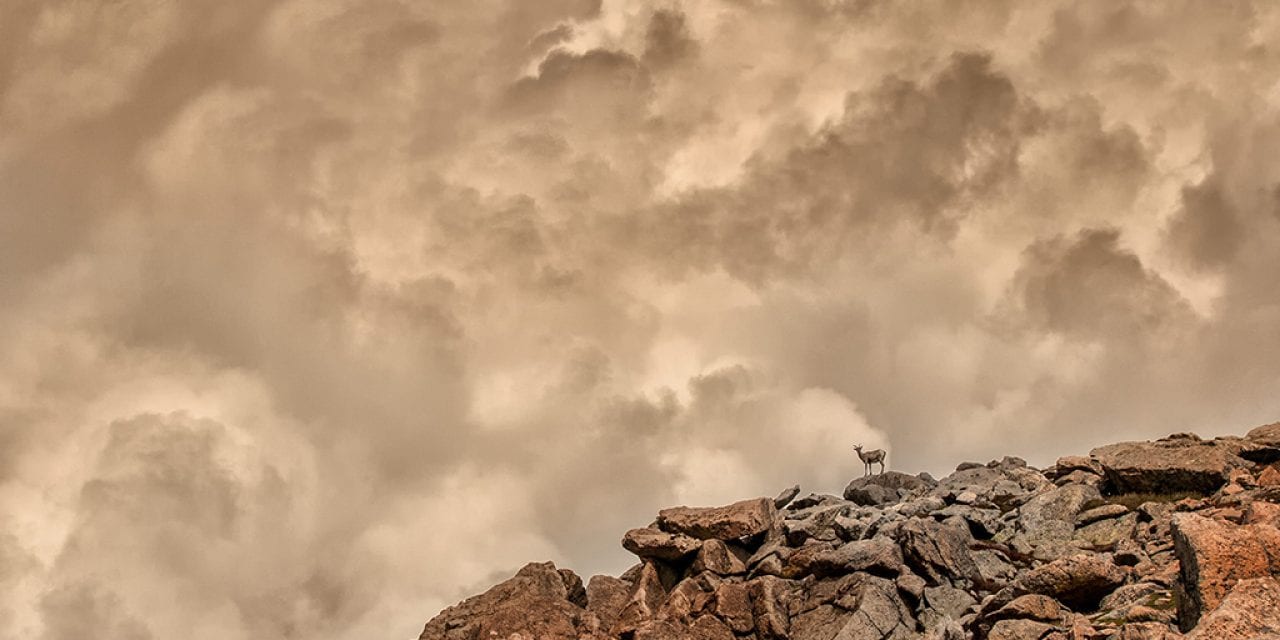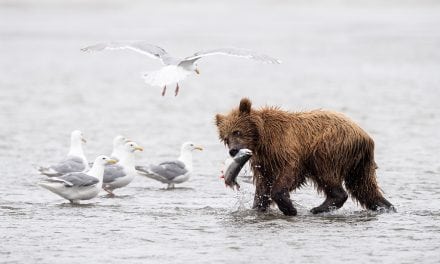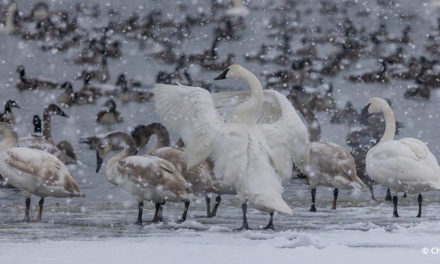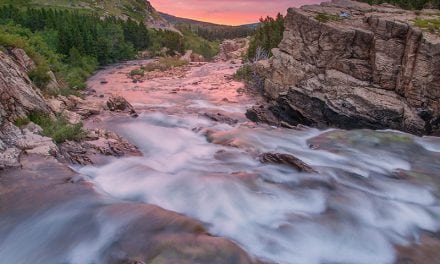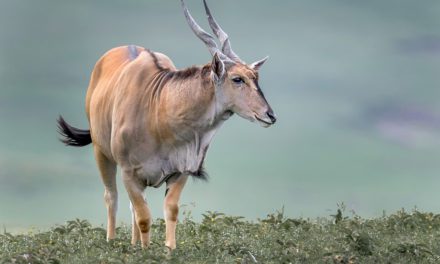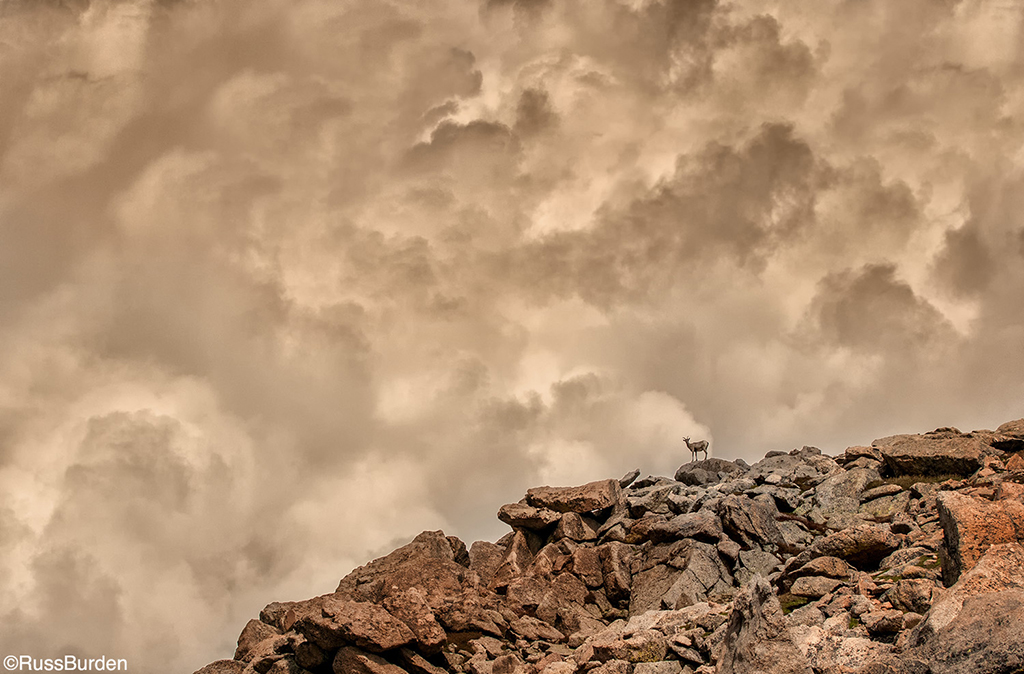
“Clear skies, temps in the low 70s, no wind and cloudless skies for the next two days,” states the weather person on the local news channel. “Oh well,” I mutter out loud, “more of the same mundane conditions with no mood or drama.” No shots of saturated, wind-blown autumn leaves blanketing a curved country dirt road while radiating red, yellow and orange. No images of dramatic thunderheads entering the skyline above the mountain lake. No moody fog coursing its way through the stand of redwoods and ferns. No possibility to get reflected city lights in a puddle with streaks of car lights mirrored on drenched streets. I really wanted to use the red umbrella I purchased while I release the shutter with my remote trigger to capture a photo of me walking down that beautiful S-curved road.
I’m being a bit cynical, but there’s truth and validity in the above words. I fully concede that first light as the sun crests the horizon and last light right before the sun goes to sleep provide gorgeous light. As a scene is bathed in the color and warmth at these two times of day, smiles appear on photographers’ faces. Everyone strives to make these types of images. The caveat is once the image is made, unless something changes, the next day provides the same. Where’s the added drama, the fleeting spotlit portions of the landscape or the ominous clouds that make the viewer go, “Wow!”? Let’s take a look at some of the benefits tempestuous weather provides.
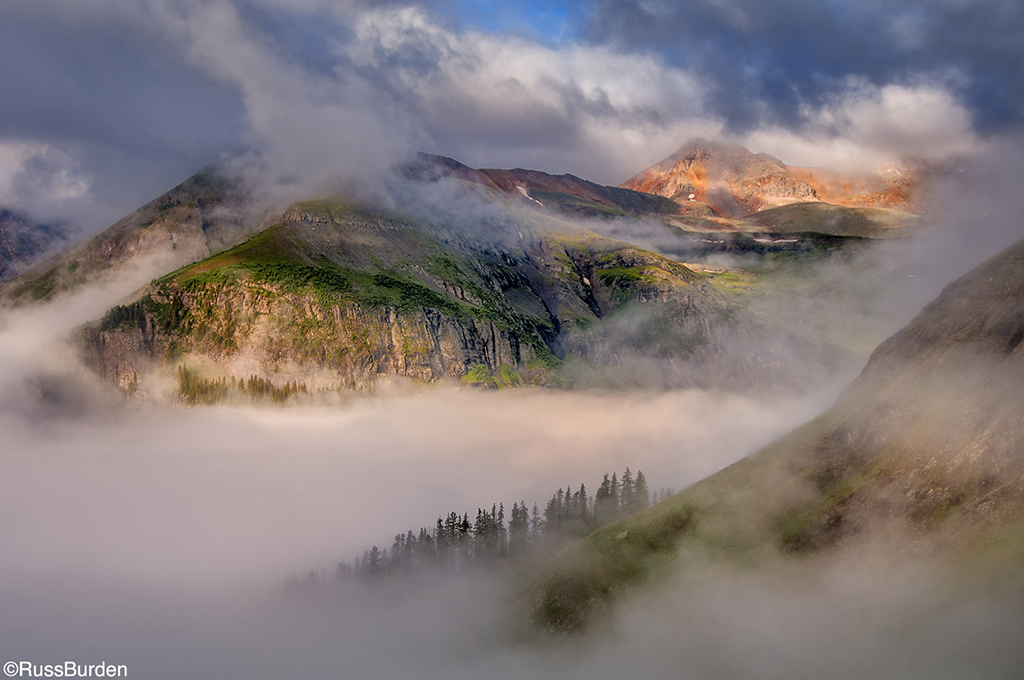
Fog
I absolutely adore foggy conditions. Regardless of where you are, mood, layers, serenity and mystery are added to the photo. Look for layers that recede into the background. Capture it as it rolls in and out and varies in density. The exact same location imaged over a 10-minute span can net a plethora of photos. Different parts of the landscape will be revealed or obscured as gentle winds bring in varying thicknesses of low clouds. Be sure to make verticals, horizontals, wide and telephoto images to exhaust all possibilities.
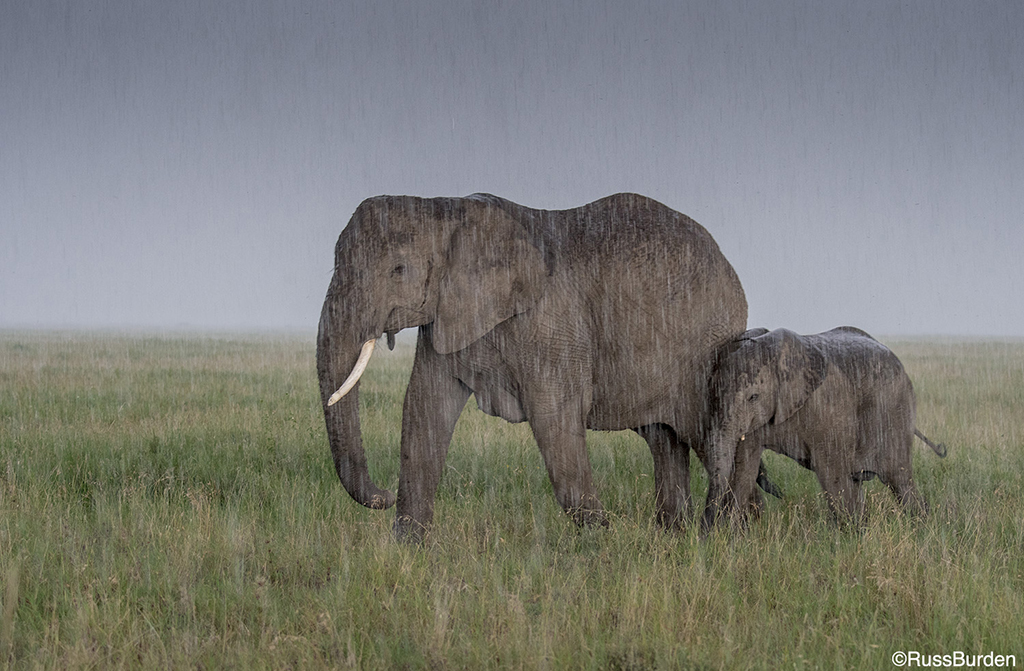
Rain
Use slow shutter speeds to exaggerate the streaking lines. A super slow speed will make them disappear, while intermediate ones show streaks. Experiment using different speeds and zoom the LCD to see how much of a streak is recorded. Evaluate the effect and adjust the shutter to capture the size of the streak you desire. Stay dry—both yourself and gear. A waterproof hiking boot is a must. I also invested in a pair of storm socks. They’re neoprene on the outside and fleece on the inside. Even if my boots fail, my socks keep me warm and dry. Keep the camera dry in a number of ways. Each depends on the intensity of the rain and how long the camera is exposed to the elements. Towel drying works in drizzly conditions. I often keep the camera and lens inside my waterproof jacket. The only drawback is moisture can build up inside if I’m active. Omni-Tech makes waterproof covers that come in different sizes to accommodate different focal length lenses.
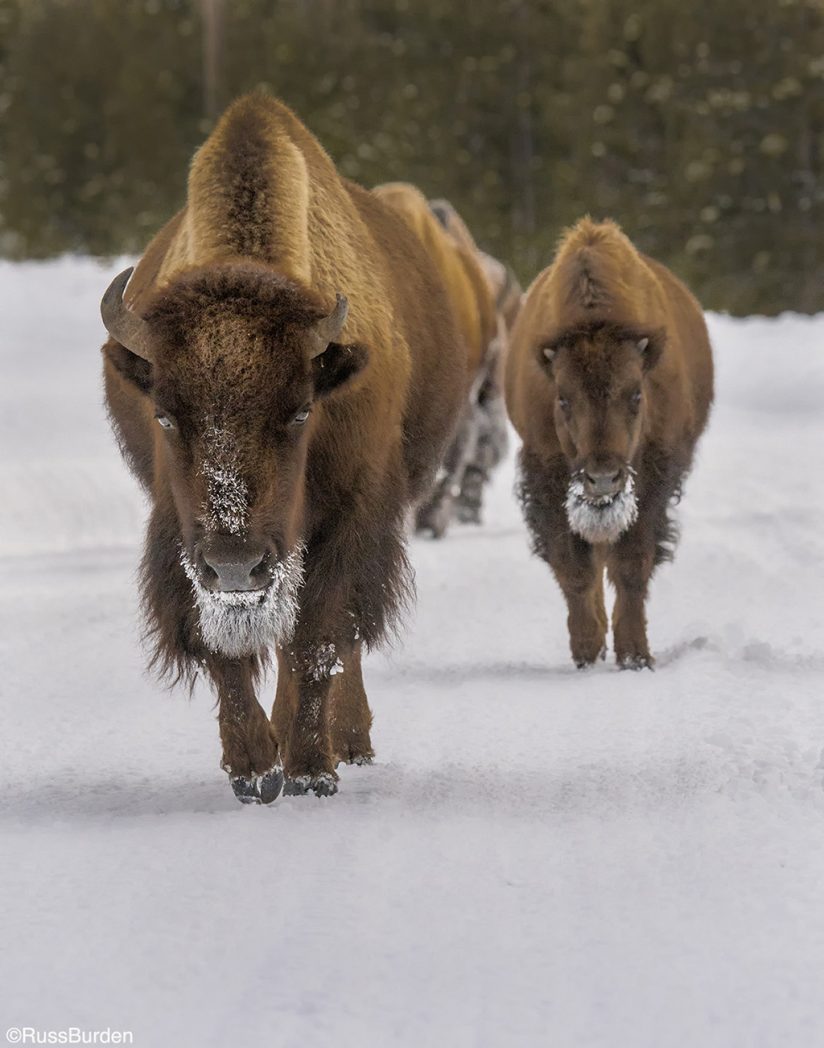
Snow
The same suggestions I provided when images are made in the rain also apply to snow. Snow photography provides a number of opportunities. One deals with making images while snow is falling and envelops the landscape. Another provides a monochromatic wonderland in its expanse or a miniature world of white on white if you choose to make macros. Use slow shutter speeds to exaggerate streaking lines of falling snow. This adds mood and atmosphere to the scene. To arrest descending flakes, use a shutter speed of 250th or faster depending on the size and number of them. Avoid using flash. It will illuminate the flakes directly in front of the lens and appear as undesirable, bright blobs.
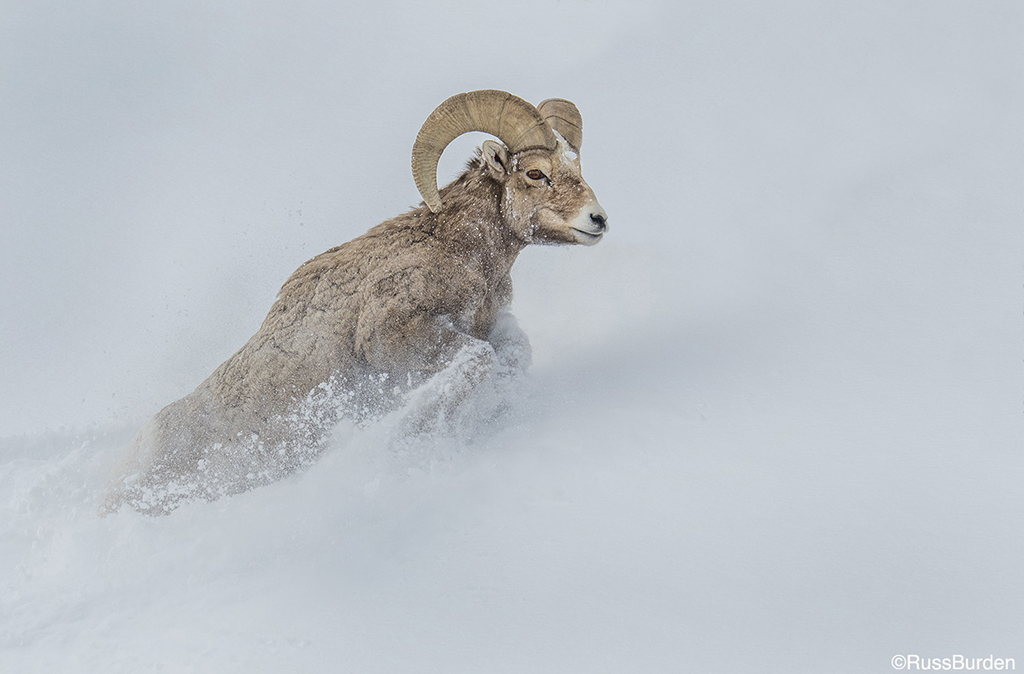
Cold
While this may surprise many, there are numerous advantages to shooting in the cold. During the winter, the sun stays at a lower angle providing better light. This low angle gives the subject dimensionality with more pleasing shadows than if the sun was directly overhead. Additionally, it skirts the horizon for a longer period of time thereby lengthening the duration of sweet light. The sun rises later in the day, which translates to more sleep. Hand in hand with this, the sun also sets earlier and allows normal dinner schedules to be maintained. Lastly, there are no bugs to eat you alive at both sunrise and sunset.
Cameras handle the cold very well. Always carry lots of spare batteries. After battery failure, the second biggest concern is the buildup of condensation when you bring equipment indoors. Put the camera in a plastic bag and let the moisture form on the plastic. Let it sit for a few hours before you remove it. An alternative is to put all gear into a camera bag, which acts as an insulator, and let it gradually warm up to room temperature.
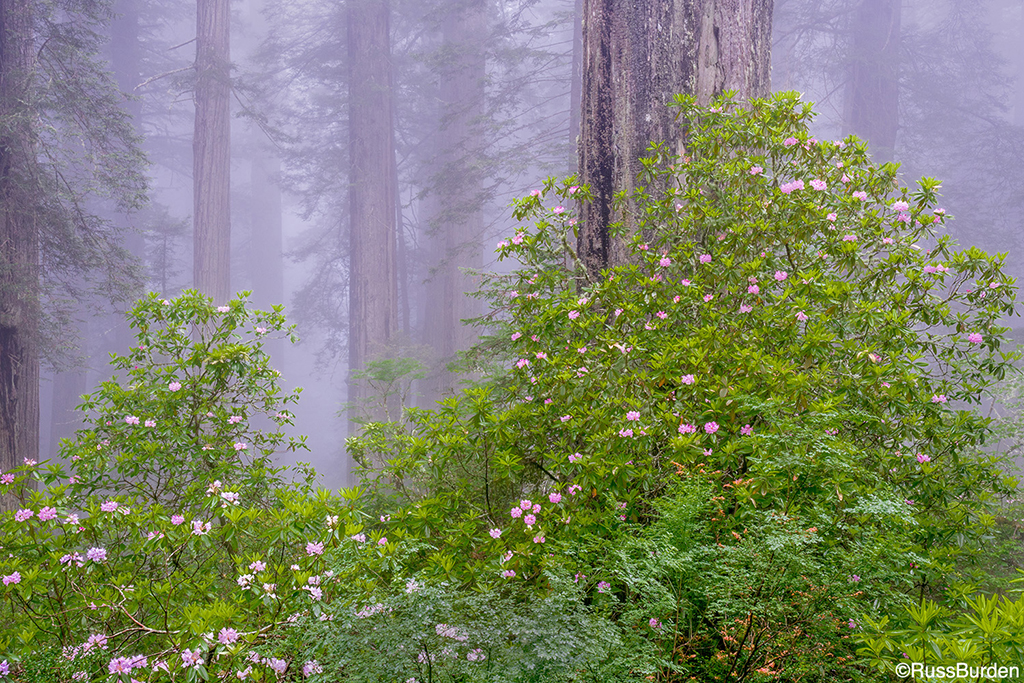
Bonus Scenarios
Rainbows appear only when moisture is in the sky. Carpe diem when they appear. If clear skies follow a fresh snow, warm light on the scene can be magnificent. Dramatic clouds don’t have to coincide with falling rain—skies can be totally ominous at the edge of a storm, so take advantage.
Visit www.russburdenphotography.com for information about his nature photo safaris to Tanzania.
The post Shooting In Tempestuous Weather appeared first on Outdoor Photographer.

